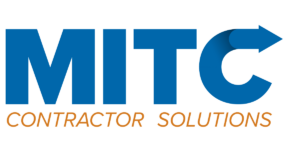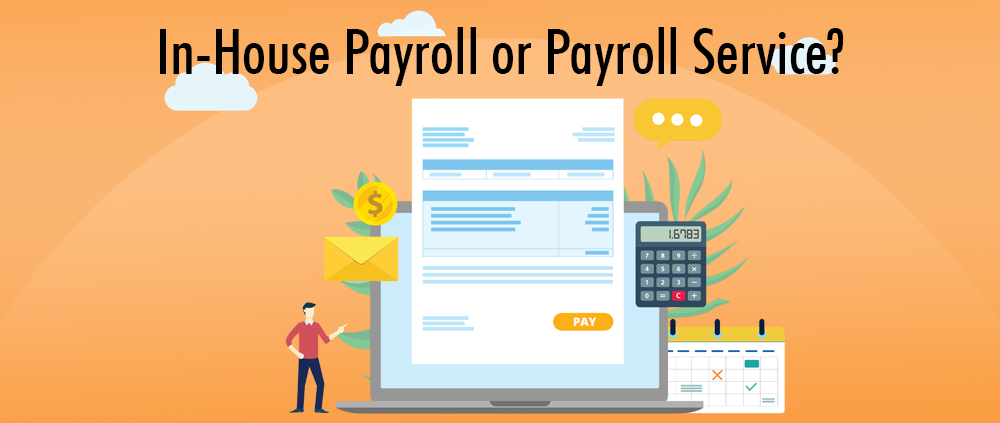In-House Payroll or Payroll Service?
This is a genuine dilemma with no straightforward obvious answer. Here are the main points to consider:
- Does a payroll service save time?
- Employers still need to maintain employee records, PTO, accruals, and deductions on any system. This work does not go away with a payroll service.
- Payroll services do not offer a payroll rules engine. If your organization has pay differentials, holiday pay, overtime, etc. these may not be automated and can be very time consuming to manage.
- If processing payroll in-house, allow extra time for tax filings and payments.
- Is it cheaper to process payroll in-house?
- Depends. The cost of running payroll in-house is much lower than using a payroll service, but if your organization needs to hire an extra person or pay overtime, then the savings may be minimal. If your existing staff can handle the extra work, mainly tax filing, then the savings can be significant.
- Payroll services charge by employee or transaction. If your employees are paid minimum wage, are part time, or are paid subminimum wages under a Section 14(c) Subminimum Wage Certificate Program the proportion of the fees to payroll is relatively high.
- Cash flow
- Payroll services require the money to be deposited early. With in-house payroll, the money does not leave your bank account until the direct deposit is released, or the employee cashes a paper check.
- Payroll services take the taxes out each pay period including the employer taxes. With in-house payroll, the money does not leave your account until the taxes are paid.
- Direct Deposit
- Direct deposit is supported by in-house payroll and payroll services.
- With in-house payroll, the money can leave your bank account later.
- Tax Filings
- Filing your own taxes takes time and has liability, as the filings must be done. However, many organizations do so.
- If your organization only operates in one state, filing taxes is relatively straightforward. Filing in multiple states is more complex, even if there is only one employee in a state.
- Integration
- MITC Payroll eliminates the need for Employee Imports and Timecard Exports. Payroll and Timecards are matched up, providing a tight audit trial. The employee check stub automatically displays in myMITC self service.
- Payroll services often charge extra for General Ledger integration and do not always offer the flexibility in-house payroll does.
- 401(k) and HSA filings are the same. Payroll services charge extra and may not do a very good job.
- Time and Attendance closings
- Payroll services require the payroll to be processed earlier than with in-house payroll. This can have a knock-on effect on how much time managers and supervisors have to approve time and attendance, and payroll to audit time and attendance. The less time, the more likely the work will be rushed and not done in sufficient detail.
- If a supervisor or manager needs to delay a time and attendance approval for part of any employee’s time and attendance, doing a “make up” payroll a few days later can be more complicated with a payroll service.


